
Tropical species found only in heated buildings in the UK. Small, mobile and active at all times of the day. Form large, apparently unstructured, nests in cavities and heating ducts. Many queens per nest. Workers seen in distinct trails between nest and food sources. Forage on wide range of foods and need access to water. Infestations spread by 'budding', groups of workers and sometimes queens leaving the main nest with brood to form satellite colonies.
Egg - larva - pupa - adult. Eggs - laid by queens within nest, hatch in about 1-2 weeks. Larvae - legless grubs fed by young workers in nest, full grown in about 3-4 weeks. Pupae - develop in about 2 weeks guarded by workers in nest. Adults - workers wingless, 2mm long, yellowish, live about 10-12 weeks. Queens winged 4-5mm normally stay in nest, live up to 10 months. Minimum development temperature 18°C, optimum 30°C.
May carry disease organisms. Contamination of food and sterile materials. Can penetrate packaging due to small size. Ability to travel through ducting and building structure means infestations can become very widespread. Satellite nests may be transported from one building to another.
Use of grain or gel bait insecticide to target queens. Only to be undertaken by qualified technicians.
A colony can maintain several hundred queens which leads to multiple colonies, making control very difficult if not treated correctly.
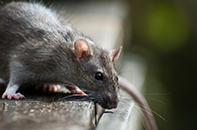
NORWAY BROWN RAT Rat of the developed urban environment, largely in developed towns and cities. Generally a burrowing species but can be found in buildings and...
Read More
HOUSE MOUSECommon in a wide range of urban and rural buildings all over UK. Mainly a house dweller, it lives very little out of doors where it does not compete well with...
Read More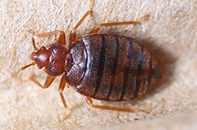
BED BUGNocturnal parasite, all stages feeding on mammalian blood, principally human but also dog, cat or rodents. Hide by day in crevices in beds...
Read More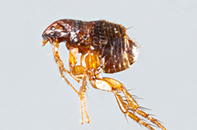
FLEAParasitic as adults, adapted to living among the fur of the host and feeding on its blood. Soft furnishing. Larvae live on floor in bedding of host...
Read More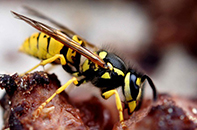
COMMON WASPTemperate species forming nests in soil banks, roof spaces, wall cavities and trees. Nests formed of paper (chewed wood) and may become very large....
Read More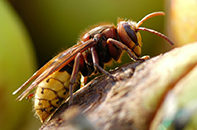
EUROPEAN HORNETTemperate species forming nests in wooded areas, wall cavities and trees. Nests formed of paper (chewed wood) and become very large. Colonies only....
Read More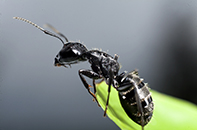
BLACK ANTTemperate species living in soil or in association with dwellings. Form nests in gardens, under paving stones, in foundations or occasionally within...
Read More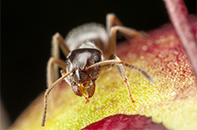
PHARAOH'S ANTTropical species found only in heated buildings in the UK. Small, mobile and active at all times of the day. Form large, apparently unstructured, nests in....
Read More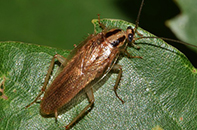
GERMAN COCKROACHPrimarily nocturnal, a pest of warm, humid conditions. Found in the UK only in heated buildings, not normally outside or in underground...
Read More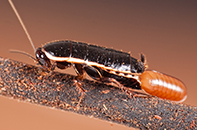
ORIENTAL COCKROACHPrimarily nocturnal, a pest of warm environments but tolerant of colder conditions. Nymphs and adults cluster in groups in harbourages...
Read More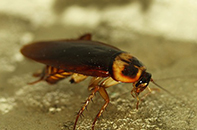
AMERICAN COCKROACHPrimarily nocturnal, a pest of warm, humid conditions. Found in the UK only in heated buildings, not normally outside or in underground heating...
Read More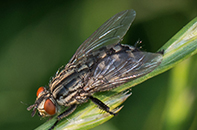
CLUSTER FLYAdults live harmlessly out doors during summer but may enter buildings (usually roof spaces and lofts but also through windows into rooms) in autumn....
Read More